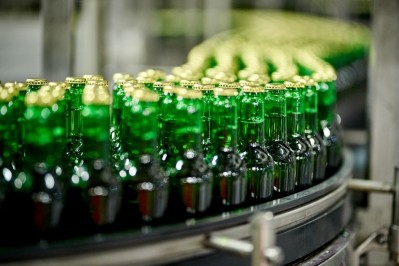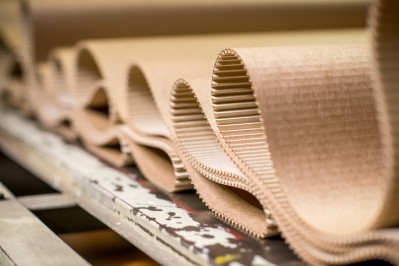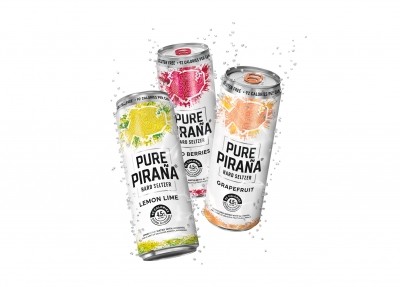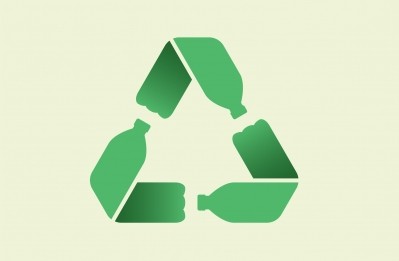Heineken sets out plans to be carbon neutral across value chain by 2040
Heineken sets out plans to be carbon neutral across value chain by 2040
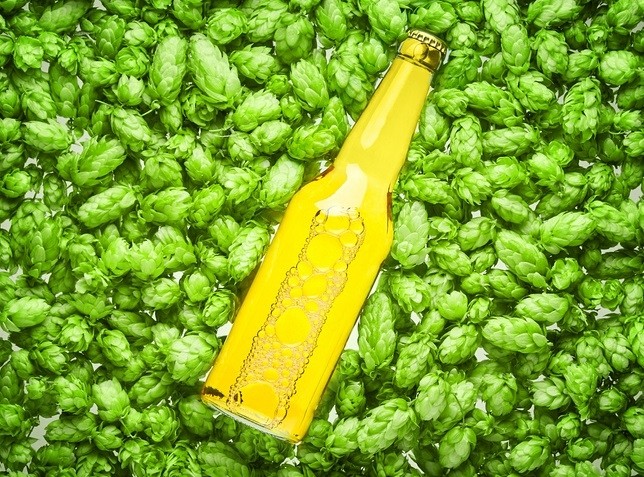
This means that all of its production sites will become carbon neutral by 2030. Noting, however, that a large part of its overall carbon footprint comes from wider processes such as agriculture, packaging, distribution and cooling, the Dutch brewer wants to see its entire value chain go carbon neutral by 2040.
“In this ‘Decade of Action’, we are committing to accelerating our actions to address climate change. We aim to be carbon neutral in our production sites by 2030 in order to meet the 1.5°C goal set by the Paris Agreement. We will further reduce our emissions through energy efficiency and speed up the transition towards renewable energy,” said Heineken's CEO and Chairman of the Executive Board, Dolf van den Brink.
Carbon cutting initatives
The company’s carbon footprint comes from across upstream activities (such as sourcing materials for ingredients and packaging); production at breweries; and downstream activities (such as distribution or supply of fridges for its customers). Other emissions include purchased goods and services, capital good and business travel.
The production of beer itself only accounts for 10% of the company’s carbon footprint: with the worst offenders being packaging (accounting for some 30% of the company’s carbon footprint); followed by agriculture emissions (23%) and logistics (11%).
The company’s packaging portfolio comprises of glass bottles, metal cans, plastic and paper. It says it is investing in the design and innovation of sustainably sourced, low carbon and circular solutions to reduce emissions.
In the Netherlands, Heineken 0.0 is now sold in returnable bottles, which rotate around 20 times and results in an 80% reduction of their carbon emissions. When the quality of the glass is reduced, the bottles can be recycled into new bottles.
Heineken UK, meanwhile, has launched an cardboard multi-pack called Green Grip, reducing carbon and saving 500 tonnes of plastic every year.
The company is also rolling out light weighting as a ‘global packaging design standard’. In Slovenia, renovating the packaging for Laško and Union brand products has avoided 27 tonnes of virgin paper and reduced the carbon footprint by around 50 tonnes CO2/year. In Asia Pacific, operations have started sourcing ‘green aluminium’ - a cleaner production processes reduces the carbon footprint and has cut packaging carbon emissions by more than 30%.
“We are working with suppliers in many markets to create a pipeline of innovation and research projects that will influence the way future packaging materials are produced," says Heineken. "We continue to explore closed loop solutions for our packaging and seek more sustainable, environmentally friendly and responsibly sourced packaging materials.”
Heineken's six major areas for carbon reduction
Heineken's carbon reduction programme focuses on the six major areas of our company carbon footprint.
- A pilot project to improve farming practices and source ingredients with a lower carbon footprint.
- Analysis of suppliers’ energy consumption has provided a clearer view of raw material processing emissions: which will drive energy efficiency and use of renewables in the supply chain.
- Heineken is shifting to more efficient processes and cleaner technologies in its breweries.
- The brewer continues to embed low-carbon, circular strategies in its packaging portfolio.
- Efficiency improvements and low carbon innovation is 'at the heart' of the company's logistics strategy.
- Heineken offers energy-efficient fridges to reduce emissions in the shops, bars and pubs where its products are sold.
Carbon emissions in production
Heineken has reduced carbon emissions per hectolitre by 51% at its breweries since 2008.
In 2018 it pledged to transition to renewable energy, and since then has implemented more than 130 renewable energy projects, claiming five of the world’s 10 largest on-site solar-powered breweries.
Other examples include partnering with a wind farm in Finland that will inject renewable electricity in the European grid, supplying 13 of its operating companies. In Indonesia, the company uses sustainable biomass made out of agricultural waste to heat its two breweries. In Nigeria, Heineken has recently inaugurated solar panels in its Ibadan brewery, and in Vietnam, the company sources rice husks from local farmers to heat its brewing boilers.
Heineken is now also supporting a pilot of 500 low-carbon farming projects in eight countries, as well as creating zero-emission breweries in Spain and Austria. Other initiatives include smart fridges in Mexico which use software to automatically adjust cooling settings to minimize energy use. Heineken Netherlands is pioneering cleaner inland shipping methods for its beer and cider.
Heineken is also joining alliances to drive collective forward momentum: becoming a member of the Business Ambition for 1.5C, the Race to Zero as well as RE100.
Lessons learned to date
2020 was a ‘pivotal year’ for the company: reaching the end of its 10-year Brewing a Better World strategy and looking at the way forward – in the context of a global pandemic.
“We considered the lessons learnt and looked at how the world has changed during this time in close alignment with our external and internal stakeholders. In the decade of action, we are increasing our ambition with revised focus areas and new commitments in the spirit of ‘Raising the Bar’.”
In 2020, CO2 emissions per hectolitre from our breweries decreased 51% compared with 2008 (2019: 49%). While production volumes were 71% higher, absolute emissions were 16% less than in 2008. “This shows business growth and lower emissions can go hand-in-hand,” says the company.
“In spite of disruptions to production due to COVID-19, our energy efficiency has continued to increase.“
